Knee Treatments & Fitting Services
Orthotics Plus provides a range of knee treatments at our clinics in Melbourne.
Our qualified Orthotists start by assessing the patient’s pathology, then implementing an appropriate knee-rehabilitation plan. Knee treatments can include:
- Corrective supports for biomechanical issues (i.e. ligament tears or muscle weakness)
- Protective equipment such as knee braces
- Pain management and education
Please learn more about knee conditions and rehabilitation below.

Knee Services We Provide
-
Learn More +
Unloader Knee Brace
Assessment & Fitting

-
Learn More +
Rebound PCL
Management of PCL Injuries

-
Learn More +
KAFO
Knee Ankle Foot Orthoses
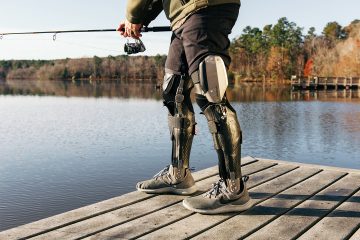
-
Learn More +
Secutec Genu
Brace for Ligamentous Injuries
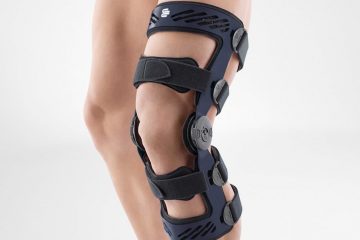
-
Learn More +
Formfit ROM
Slim Range of Motion Knee Brace

-
Learn More +
Genutrain S
Highly Functional Knee Brace

-
Learn More +
General Knee Pain
For Patients with General Knee Pain

-
Learn More +
Ligamentous Injuries
Knee Ligamentous Injuries
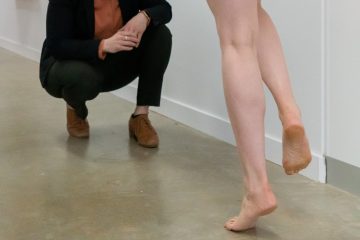
-
Learn More +
Pre & Post Operative
Supporting Various Surgeries

-
Learn More +
ROM Brace
Range of Motion Braces
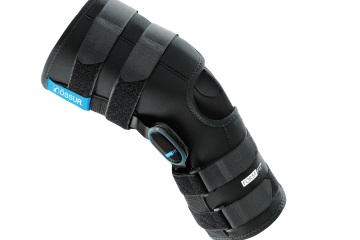
-
Learn More +
Arthritic Knee Pain
Lower Limb Supports

-
Learn More +
Custom Knee Braces
Fitting & Customisation

-
Learn More +
CTi Knee Brace
Professional Level Brace

-
Learn More +
GenuTrain
Lightweight Active Brace
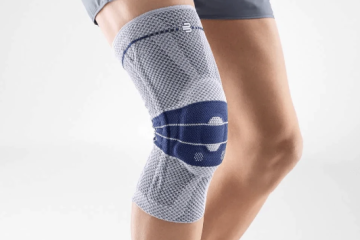
-
Learn More +
Hinged Brace
Lightweight Active Brace

What is Involved in a Knee Assessment?
We will start by performing the appropriate subjective and objective assessment of that person’s knee. We assess the relevant physical attributes of the knee, including:
- Strength
- Range of motion
- Pain levels
- Any swelling or bruising
- Gait issues
- Walking speed
- Lower Limb alignment (hip to toe)
We also look at capability in the affected lower-limb compared to the unaffected side. This may help to highlight any deficits or differences.

Committed to Our Patient’s Long-Term Knee Health
At follow up appointments, we re-examine the elements from our initial assessment and adjust the rehabilitation plan accordingly. We also evaluate the patients progress with other health professionals to ensure we are all aligned allowing the best outcomes for the patient.
We consider our knee rehabilitation to be a holistic approach, as we monitor and help people improve their pain levels, confidence in movement, capacity, general comfort and how these contribute to improved quality of life.

Knee Braces as Part of Rehabilitation
There are many types of knee braces. At Orthotics Plus we assist people to find the right one to suit their circumstances.
It is very important to find the correct style of brace, and this will depend upon many factors, some of which include:
- The injury or area of concern
- Leg shape
- Activities to be undertaken
- Patient tolerance
After an injury, braces are typically used to limit range of motion. They either lock the knee or limit movement to the desired range of motion while the problem (for example a torn ligament) has an opportunity to heal.
Postoperatively, bracing is used in a similar way. Often surgeons will have very specific prescriptions for braces that are to be used for post-surgery rehabilitation.
Braces can also be used as a protective measure for particular activities. For example, when a skier has recovered from an injury and now wants to return to skiing or a motocross rider wants protection against impacts and deforming forces.


Ready to Work with Orthotics Plus?
We’d love to hear from you. We proudly work with paediatric and adult patients throughout Melbourne.
- We are an Australian-owned company
- We are NDIS registered
- We offer professional knee treatments
- We are kind and caring
Please get in touch using our clinic locations or by phoning us.

Knee Treatment FAQ
Yes.
When a patient presents with general knee pain it may be appropriate to fit them with a compressive sleeve to support the joint. A minimalist-type brace will be most appropriate so that it does not interrupt the knee’s function.
In many cases it will be appropriate for them to see a Physiotherapist as well. General knee pain can be indicative of weakness in the surrounding muscles, so a strengthening program can be helpful.
For general knee pain, we also carry out a foot examination. Knee pain can be related to foot and ankle posture, so it is important to look at the whole picture when determining what the problem is and – importantly – how to solve it.
Evidence demonstrates that knee bracing is effective for reducing pain associated with Osteoarthritis, especially when combined with clinically-appropriate rehabilitation exercises.
For example, we know that movement and impact are very important stimuli for bone health and thus, can be very beneficial for those living with the condition.
We know that someone is more likely to rehabilitate effectively (and continue with ongoing therapy) if they are feeling comfortable and are growing in confidence. A brace can reduce pain and help someone to feel comfortable while maintaining activity levels.
More modern styles of orthosis, can effectively reduce load through a particular compartment of the knee. This generally reduces pain very quickly and may also serve to influence OA progression.
As such, we consider a knee bracing to be an important consideration for those living with Osteoarthritis.
Muscle strength in the lower limb contributes to stability in and around the knee.
Those with reduced muscle strength have an increased likelihood of injuring the knee during physical activity and may suffer from reduced mobility. Stabilisation at the knee is one of the key factors to ensuring maximum mobility, safety in standing, improved efficiency during gait and overall body health.
We can assist by developing custom-made braces, including more complex neuromuscular devices such as a knee-ankle-foot orthosis (KAFOs), to compensate for these weaknesses or instabilities and also provide recommendations for ongoing physical rehabilitation.
We are primarily contacted to assist with referrals relating to:
- Osteoarthritis (including patellofemoral, medial or lateral tibiofemoral)
- Acute injuries (i.e. ligament tears)
- Post-operative recovery
- Disability or chronic muscle weakness (ie: MS or stroke)